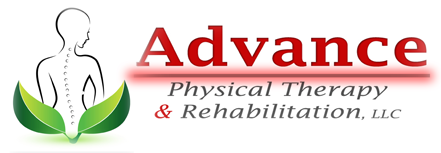
Bell’s Palsy
What is Bell’s Palsy?
Bell’s palsy is a condition in which the muscles on one side of your face become paralyzed. This type of paralysis causes half of your face to either droop or become stiff, and Bell’s palsy is usually a temporary condition that clears up in time. This condition is not related to stroke, and it almost always only affects one side of your face.
What causes Bell’s Palsy?
Bell’s palsy occurs when one of the main nerves in your face becomes damaged. Facial nerves control your facial expressions, they tell your tear glands when to produce tears, and they also control your salivary glands. These nerves travel through tiny tunnels called Fallopian canals, and they can become damaged by injuries, diabetes, viral infections such as Herpes Simplex 1.
What are the symptoms Bell’s Palsy?
Symptoms include drooping of one side of the face, pain and/or numbness behind the ear, inability to close the eyelid or blink, drooling, watery eye, difficulty chewing or swallowing, decreased sense of taste.
How is Bell’s Palsy diagnosed?
Since Bell’s palsy is one of only a few conditions that can cause one side of your face to go slack or stiff, it is generally quite easy to diagnose. However, your doctor will need to rule out any other potential causes before diagnosing you with Bell’s palsy, and there is no standard laboratory test for identifying this condition. If your doctor is unsure whether or not you have Bell’s palsy, they might use an electromyography (EMG) test, which can confirm whether or not you have damaged nerves in your face. In some cases, an MRI or CT scan may also be used.
How is Bell’s Palsy treated?
At Advance Physical Therapy & Rehabilitation, our physical therapist will perform a thorough evaluation of your facial muscles and nerves. Treatment options include russian electrical stimulation or functional electrical stimulation, massage, relaxation techniques, strengthening exercises, neuromuscular re-education, home exercise program and activity modification.


